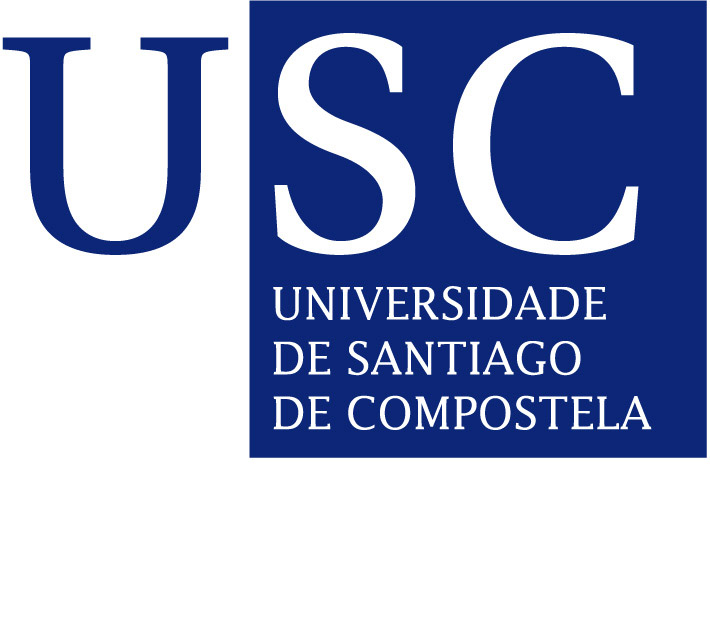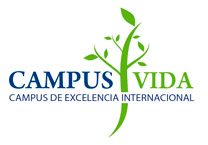Vázquez - Martínez Núñez
Líneas de investigación
Simulaciones de Dinámica Química en Fases Gaseosa y Condensada (video)
Investigación
GRUPO DE INVESTIGACIÓN DEL CIQUS DURANTE 2011-2015
The research of our group is splited in three main lines:
Soft-landing of ions onto organic surfaces
This research is directed to improve the comprehension of soft-landing of ions, including protonated peptides, onto self-assembled monolayer (SAM) surfaces. Soft-landing refers to the deposition of intact projectile ions onto target surfaces, with or without retention of the initial charge. This process has been proposed as a way for preparing novel synthetic materials.
The aim is to explore the influence on soft-landing of factors such as the initial translational energy of the ion, the incident angle, and angular momentum. For peptide ions, the influence of the conformation and orientation of the peptide, the nature of the amino acids that constitute the peptide, and the type of functional groups presented in the SAM is also investigated.
Photodissociation dynamics
This research line is focussed on simulating the photodissociation of organic molecules by using adiabatic or non-adiabatic reaction dynamics. In the adiabatic approximation a microcanonical ensemble of molecules is assumed to be formed in the electronic ground state after internal conversion from the upper excited states.
The adiabatic dynamics starts at the relevant transition states by using appropriate sampling methods. When the adiabatic description does not hold, a non-adibatic surface-hopping method is employed, where the trajectories can hop among several electronic states before leading to the final photo-products. Both approaches have shown to explain several striking features found in experimental studies.
Accelerated molecular dynamics
Several methods have been proposed in the literatura to accelerate the simulations of slow processes The method proposed by D. Shalashilin (Leeds University) in collaboration with our Group relies on the ergodicity assumption. It separates the phase space of a system into boxes and locks the dynamics in the box which is close to the reaction coordinate, speeding up the simulation by several orders of magnitude.
The actual rate can be recovered by multiplying the accelerated rate by a correction factor, which is simply the ratio of the phase space volume visited in the accelerated simulation over the total phase space volume of the reactant.
GRUPO DE INVESTIGACIÓN DEL CIQUS DURANTE 2011-2015


